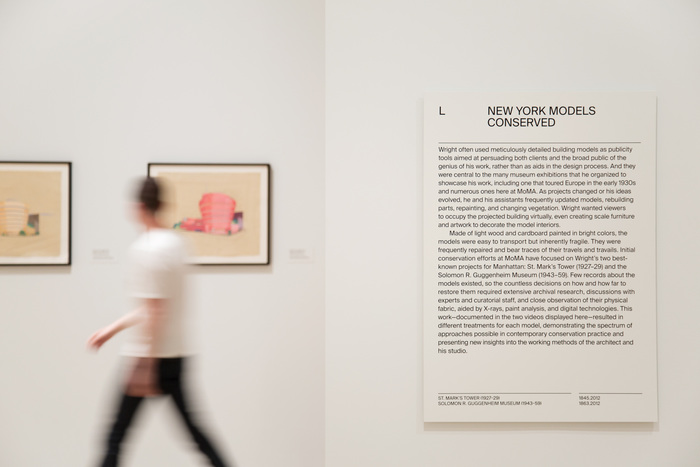

Still other investigations engage the architect's lifelong dedication to affordable and do-it-yourself housing, as well as the ecological systems, both social and environmental, that informed his approach to cities, landscapes and even ornament. Unpacking Wrights archive of more than two million objects, on the 150th anniversary of the master architects birth Published for a major exhibition at.

A little-known project for a Rosenwald School for African-American children, together with other projects that engage Japanese and Native American culture, ask provocative questions about Wright's positions on race and cultural identity. Wright's quest to build a mile-high skyscraper reveals him to be one of the earliest celebrity architects, using television, press relations and other forms of mass media to advance his own self-crafted image. Siry Journal of the Society of Architectural Historians (2020) 79 (3): 340343. Each chapter centers on a key object from the archive that an invited author has "unpacked"-Tracing its meanings and connections, and juxtaposing it with other works from the archive, from MoMA, or from outside collections. Frank Lloyd Wright: Unpacking the Archive New York : Museum of Modern Art, 2017, 256 pp., 222 color and 52 b/w illus. Structured as a series of inquiries into the Frank Lloyd Wright Foundation Archives at Taliesin West, Arizona (recently acquired by MoMA and Avery Architectural & Fine Arts Library, Columbia University), the book is a collection of scholarly explorations rather than an attempt to construct a master narrative. Summary: Published for a major exhibition at The Museum of Modern Art, this catalog reveals new perspectives on the work of Frank Lloyd Wright, a designer so prolific and familiar as to nearly preclude critical reexamination.


 0 kommentar(er)
0 kommentar(er)
